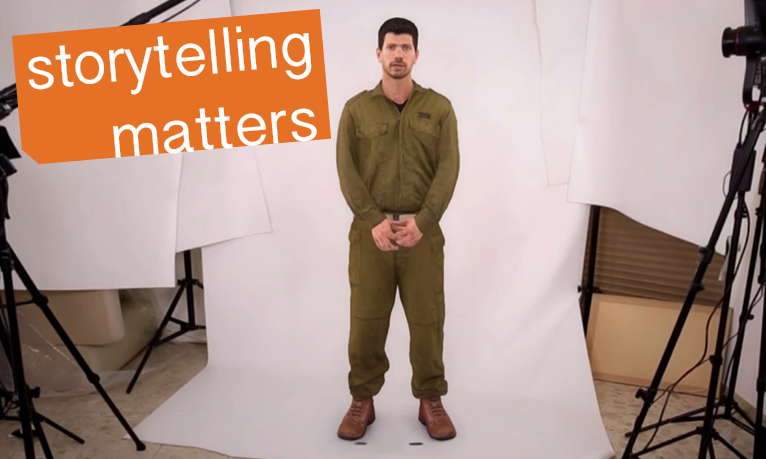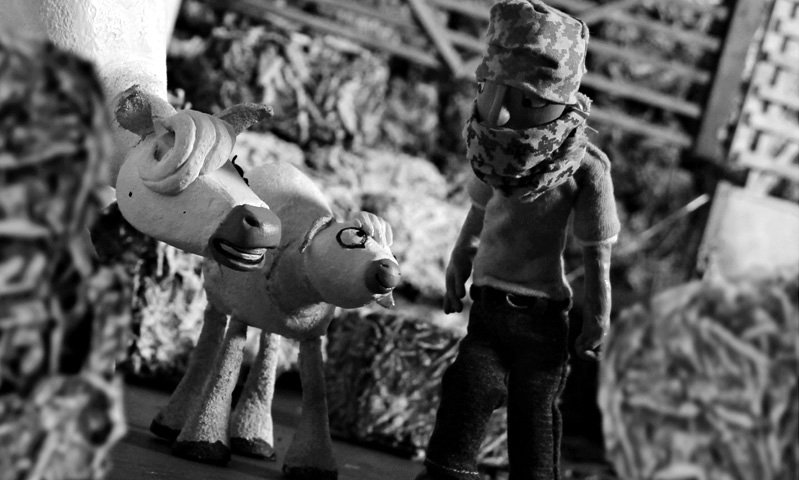By Conor Risch
Like oxygen to fire, new generations of soldiers feed longstanding conflicts. It’s unlikely that young people who take up arms in places like Israel and Gaza, El Salvador, Afghanistan and the Congo actively choose to deny the humanity of their enemies. The cultures that raise them, and the history of the conflicts into which they step, cast enemies as “the other,” as people without decency or compassion or hopes and dreams, and it can be easy to avoid digging for alternate views.


